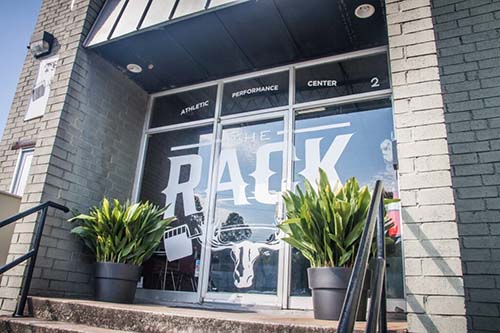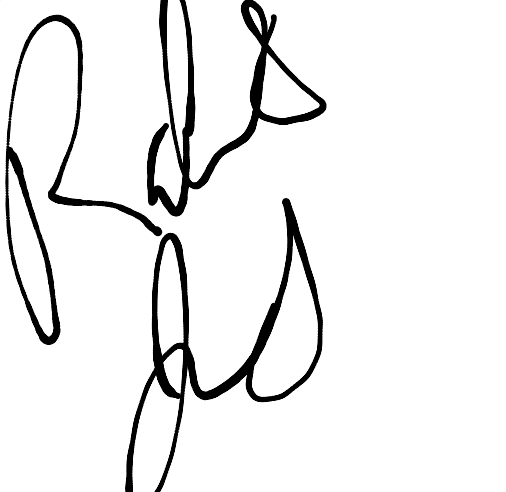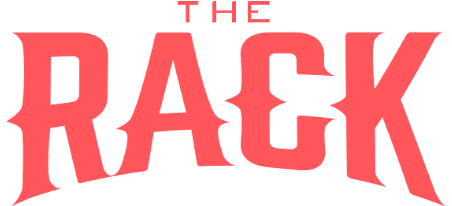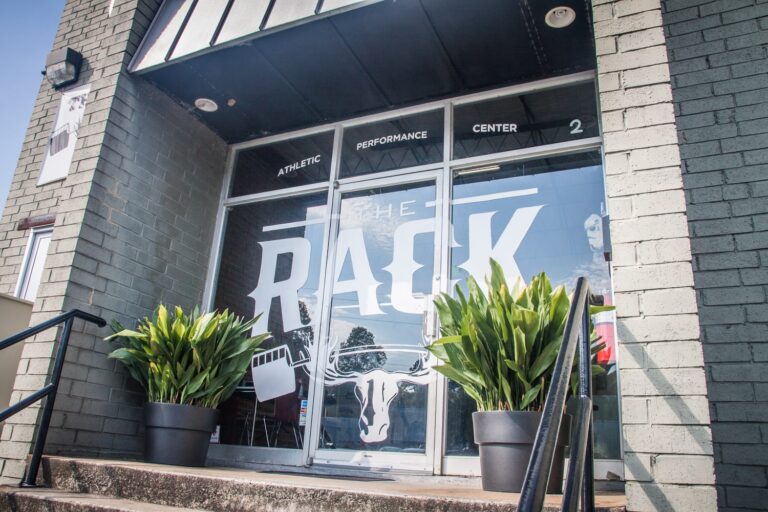Paul Anderson and The Big Pull Pt 1 – Introduction to The Pulls

People often overlook or simply don’t know that Paul Anderson, among his many astounding feats, was a world-class Olympic weightlifter. In this new series we are going to explore Paul’s practices and methodologies used for developing his pulling power.
What is Pulling Power?
You might think Pulling Power is referring to rows or back strength, and if you did you’d be wrong. Try and keep up. Kidding. Pulling Power can actually be a bit of a confusing phrase at first. You see, in the sport of Weightlifting (not to be confused with Powerlifting) one of the initial phases of each lift is referred to as “the pull.” You’ve probably even heard someone refer to their deadlift as a pull, or even a workout style being referred to as a “Push-Pull” day.
Confused yet? I don’t blame you. Lets begin this new series by first clearing up some of the common terminology or nomenclature, if you will, in the weight-room.
The word “pull” can be used to describe many movements in the weight-room. For our purposes in this series, and my obnoxious tendencies as a weightlifting purists, we are using the word “Pull” to specifically refer to the initial phases of the competition lifts in the sport of Weightlifting:
- the Clean and Jerk
- the Snatch
There are 3 phases of “Pulls” for these 2 lifts; creatively known as the first, second, and third pull. To make things more complex, different schools of thought have different names for these and even more or less phases. However, these 3 Pulls should be universal.
Developing Pulling Power
To develop pulling power from the floor to the chest, or overhead, we need to realize that each of these three phases of pull utilizes three different muscle groups. The “First Pull” of the bar from the floor is made possible PRIMARILY by the muscles in the quadriceps, hamstrings and hips. This continues until the bar travels up the mid-shin point where the “Second Pull” begins. Here the lower back starts lending aid and almost completely takes over until the bar is up to the “High Hang” position. In this position we begin the “Third Pull.” It is essential here to get good contact with the bar in the hip crease, ensuring you get full Triple Extension (extension of the ankles, knees, and hips) to ensure that the bar can travels upwards as high as it needs to.
During Paul’s heyday, some would say that there are only two different phases to the pull. Paul believed this misconception to be a big limiting factor for lifters of the time.
Of the three now universally (pretty much) agreed upon phases of the pull Paul believed the last phase to be of the utmost importance. The “Third Pull” is mostly performed by the trapezius muscles and the arms. Paul believed this last Pull enabled lifters to give that last little something that pulls in a heavy clean or snatch are lacking.
Conclusion
Stay Tuned! Now that we are all on the same page with terminology, in Part 2 we are going to start breaking down each phase of the Pulls and looking at how the legend, Paul Anderson built a big Pull!


